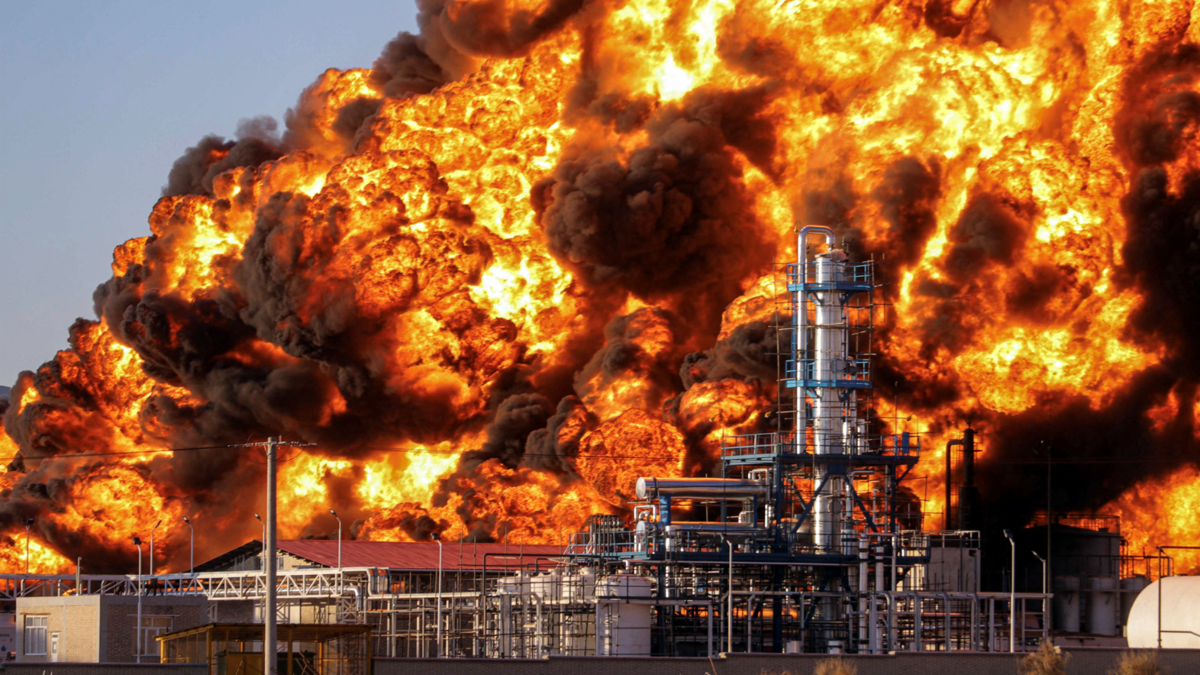
Oil prices increase as the Iran-Israel conflict intensifies concerns over supply
Oil prices rose more than 2% on Tuesday as tensions between Iran and Israel escalated, with U.S. President Donald Trump urging “everyone” to evacuate Tehran. This situation heightened the likelihood of increased unrest in the region and potential disruptions to oil supply.
As of 0005 GMT, the Brent crude futures contract increased by $1.17, or 1.6%, reaching $74.4 a barrel. Meanwhile, U.S. West Texas Intermediate crude rose by $1.34, or 1.87%, to $73.11, with both benchmarks having surged over 2% earlier in the trading session.
On Monday, both contracts closed more than 1% lower, buoyed by optimism surrounding a potential easing of geopolitical tensions following media reports indicating Iran’s desire to conclude hostilities.
On its fifth day, the conflict escalated significantly on Tuesday, with Iranian media reporting explosions and intense air defense fire in the capital, Tehran. In Israel, air raid sirens were activated in Tel Aviv due to Iranian missile activity.
Iran ranks as the third-largest producer within the Organization of the Petroleum Exporting Countries. Conflicts may interfere with its oil supply, leading to a rise in prices.
On Monday, an Israeli strike targeted Iran’s state broadcaster, and the head of the U.N. nuclear watchdog also noted significant damage to Iran’s largest uranium enrichment facility.
Trump stated that Iran ought to have finalized a nuclear deal with the U.S. prior to the commencement of Israeli strikes, expressing his belief that Iran is now inclined to pursue an agreement.
The relaxation of U.S. sanctions in connection with any agreement would enable Iran to increase its oil exports, impacting global crude prices.
In other news, OPEC and its allies, including Russia – collectively known as OPEC+ and responsible for approximately half of the world’s oil supply – announced on Monday their expectation for the global economy to maintain resilience in the latter half of the year. The forecast for growth in oil supply from the U.S. and other non-OPEC+ countries in 2026 has also been revised downward.
All Categories
Recent Posts
Tags
+13162306000
zoneyetu@yahoo.com



